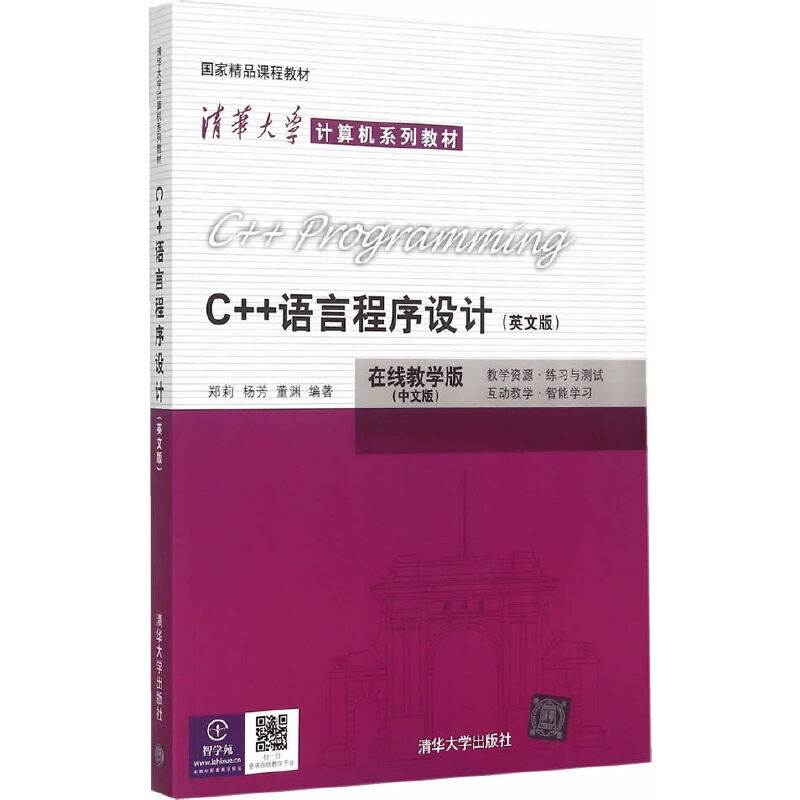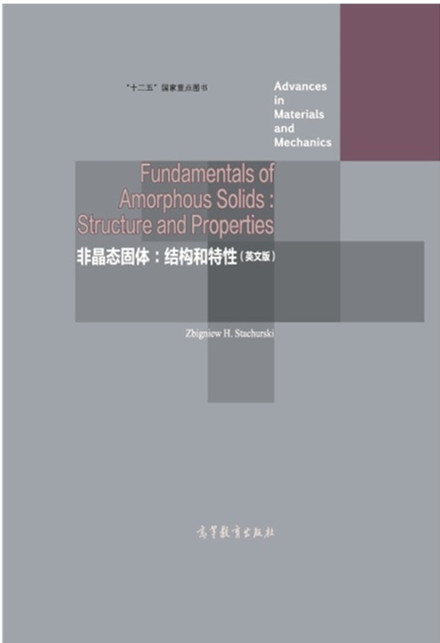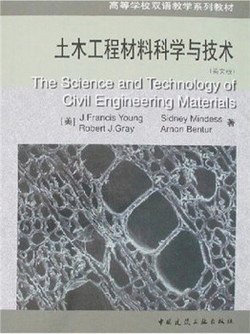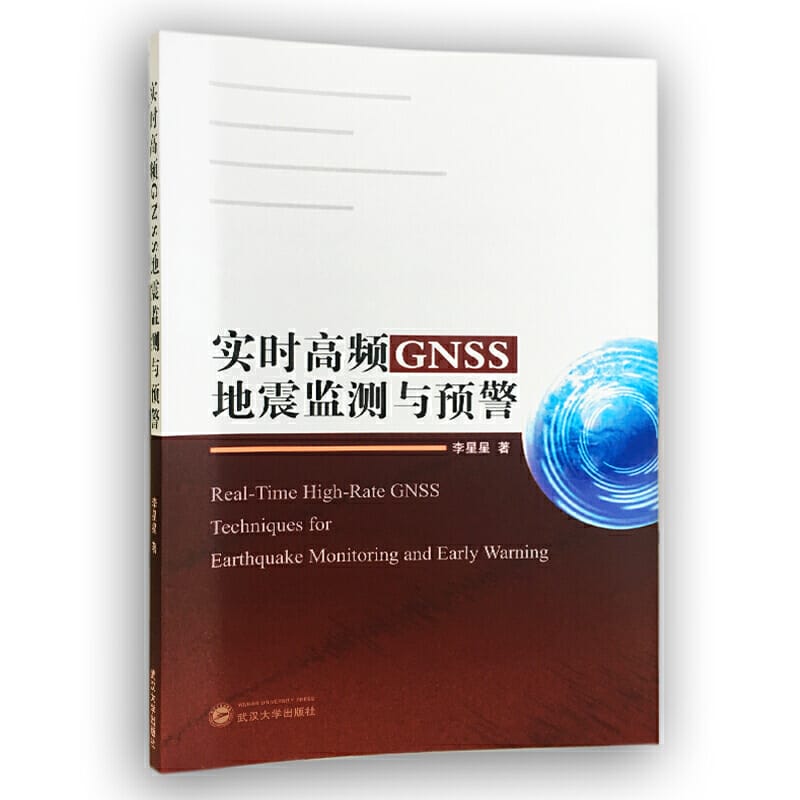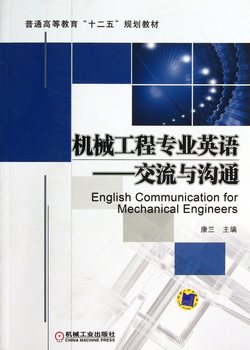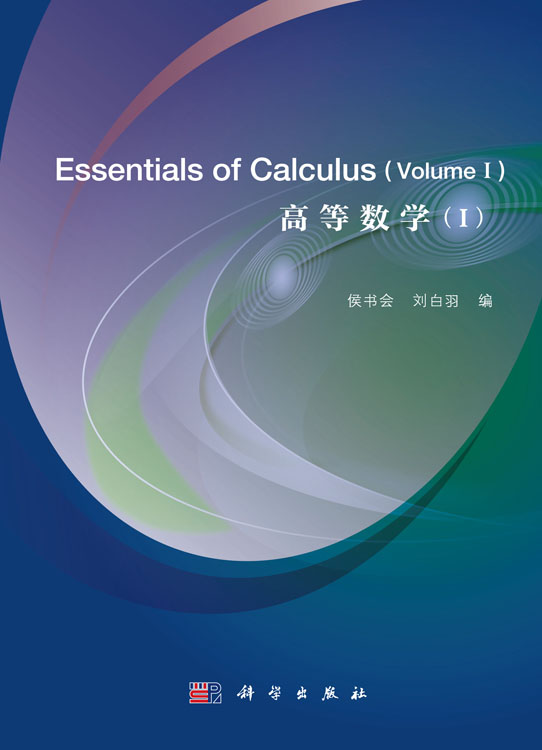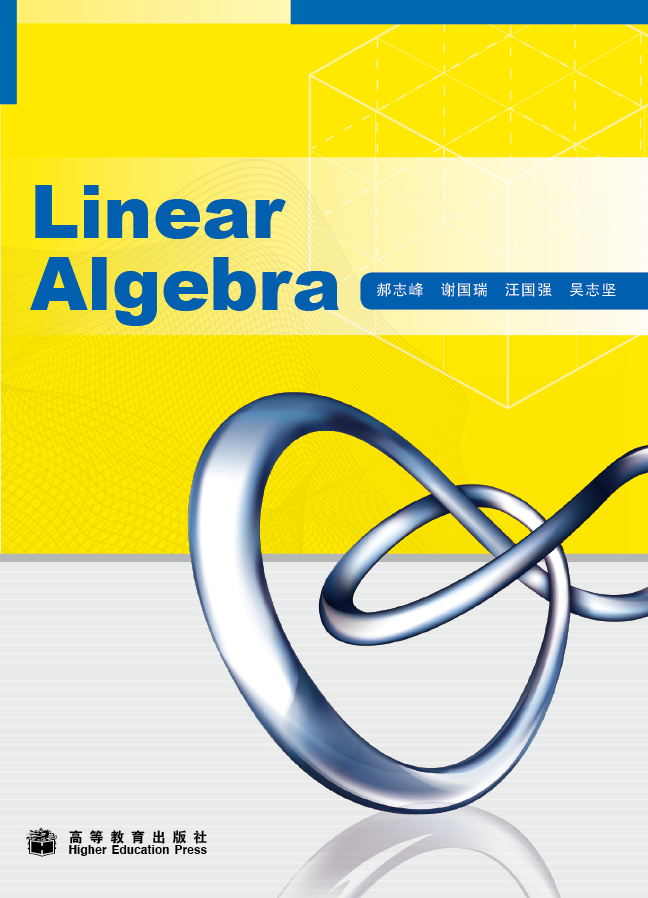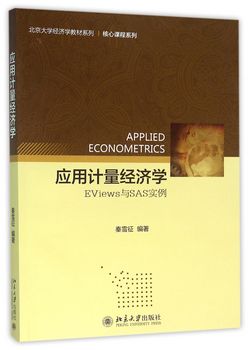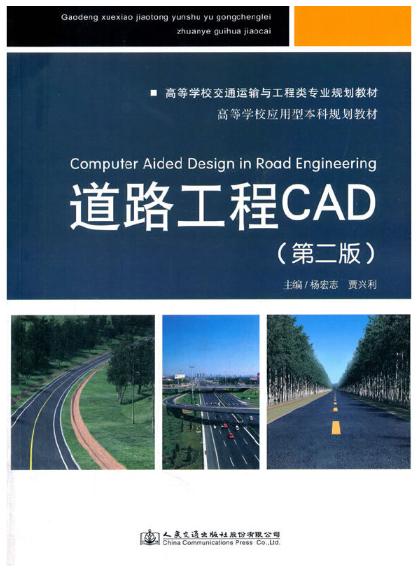C++语言程序设计(英文版) / 清华大学计算机系列教材
定价:¥59.00
作者: 郑莉,杨芳等
出版时间:2015-05
出版社:清华大学出版社
- 清华大学出版社
- 9787302374848
- 1-1
- 45425
- 16开
- 2015-05
- TP312C++
- 计算机
内容简介
本书为国家精品课配套教材、“十二五”普通高等教育本科国家级规划教材、高等教育国家级教学成果二等奖、2011年度普通高等教育精品教材、普通高等教育“十一五”国家级规划教材《C++语言程序设计(第4版)》的英文版,是中国人自己编写的英文教材。本书针对程序设计的初学者,以面向对象的程序设计思想为主线,以通俗易懂的方法介绍C++语言,引导读者以最自然的方式,将人类习惯的面向对象的思维方法运用到程序设计中。主要内容包括程序设计基础知识、类与对象的基本概念、继承与多态、输入输出流,以及泛型程序设计。此外,本教材还介绍了一些常用数据结构基础知识,使得读者学习本书后,能够解决一些简单的实际问题。整套教材语言生动、流畅,深入浅出。适用于各类学校的C++语言程序设计双语课程。
目录
Chapter 1 Introduction
1.1 The Development of Computer Programming Language
1.1.1 Machine Language and Assembly Language
1.1.2 High-level Language
1.1.3 Object-oriented Language
1.2 Object-oriented Method
1.2.1 The Origin of Object-oriented Method
1.2.2 Basic Concepts of Object-oriented
1.3 Ohieet-oriented Software Development
1.3.1 Analysis
1.3.2 Design
1.3.3 Programming
1.3.4 Test
1.3.5 Maintenance
1.4 Representation and Storage of Information
1.4.1 Digital System of Computer
1.4.2 Conversions among Numeral Systems
1.4.3 Storage Units of Information
1.4.4 Binary-coded Representation
1.4.5 Fixed Point Number and Floating Point Number
1.4.6 The Number Range That Can Be Represented
1.4.7 Representation of Non-numerical Information
1.5 The Development Process of Programs
1.5.1 Elementary Terms
1.5.2 The Development Process
Summary
Exercises
Chapter 2 Elementary C 4 Programming
2.1 An Overview of C Language
2.1.1 Origins of C
2.1.2 Characteristics of C
2.1.3 C Programming Examples
2.1.4 Character Set
2.1.5 Lexical Tokens
2.2 Basic Data Types and Expressions
2.2.1 Basic Data Types
2.2.2 Constants
2.2.3 Variables
2.2.4 Symbol Constants
2.2.5 Operators and Expressions
2.2.6 Statement
2.3 Data Input and Output
2.3.1 I/O Stream
2.3.2 Predefined Input and Output Operator
2.3.3 Simple I/O Format Control
2.4 The Fundamental Control Structures of Algorithms
2.4.1 Achieving Case Structure Using if Statement
2.4.2 Multiple Selection Structure
2.4.3 Loop Structure
2.4.4 Nestings of Loop Structure and Case Structure
2.4.5 Other Control Statements
2.5 User-Defined Data Type
2.5.1 typedef Declaration
2.5.2 Enumeration Type--enum
2.5.3 Structure
2.5.4 Union
Summary
Exercises
Chapter 3 Functions
3.1 Definition and Use of Function
3.1.1 Definition of Function
3.1.2 Function Calls
3.1.3 Passing Parameters between Functions
3.2 Inline Functions
3.3 Default Formal Parameters in Functions
3.4 Function Overloading
3.5 Using C System Functions
Summary
Exercises
Chapter 4 Class and Object
4.1 Basic Features of Object-Oriented Design
4.1.1 Abstraction
4.1.2 Encapsulation
……
Chapter 5 Data Sharing and Protecting
Chapter 6 Arrays, Pointers and Strings
Chapter 7 Inheritance and Derivation
Chapter 8 Polymorphism
Chapter 9 Collections and Their Organization
Chapter 10 Generic Programming and STL
Chapter 11 The I/O Stream Library and Input/Output
Chapter 12 Exception Handling
Summary
Exercises
1.1 The Development of Computer Programming Language
1.1.1 Machine Language and Assembly Language
1.1.2 High-level Language
1.1.3 Object-oriented Language
1.2 Object-oriented Method
1.2.1 The Origin of Object-oriented Method
1.2.2 Basic Concepts of Object-oriented
1.3 Ohieet-oriented Software Development
1.3.1 Analysis
1.3.2 Design
1.3.3 Programming
1.3.4 Test
1.3.5 Maintenance
1.4 Representation and Storage of Information
1.4.1 Digital System of Computer
1.4.2 Conversions among Numeral Systems
1.4.3 Storage Units of Information
1.4.4 Binary-coded Representation
1.4.5 Fixed Point Number and Floating Point Number
1.4.6 The Number Range That Can Be Represented
1.4.7 Representation of Non-numerical Information
1.5 The Development Process of Programs
1.5.1 Elementary Terms
1.5.2 The Development Process
Summary
Exercises
Chapter 2 Elementary C 4 Programming
2.1 An Overview of C Language
2.1.1 Origins of C
2.1.2 Characteristics of C
2.1.3 C Programming Examples
2.1.4 Character Set
2.1.5 Lexical Tokens
2.2 Basic Data Types and Expressions
2.2.1 Basic Data Types
2.2.2 Constants
2.2.3 Variables
2.2.4 Symbol Constants
2.2.5 Operators and Expressions
2.2.6 Statement
2.3 Data Input and Output
2.3.1 I/O Stream
2.3.2 Predefined Input and Output Operator
2.3.3 Simple I/O Format Control
2.4 The Fundamental Control Structures of Algorithms
2.4.1 Achieving Case Structure Using if Statement
2.4.2 Multiple Selection Structure
2.4.3 Loop Structure
2.4.4 Nestings of Loop Structure and Case Structure
2.4.5 Other Control Statements
2.5 User-Defined Data Type
2.5.1 typedef Declaration
2.5.2 Enumeration Type--enum
2.5.3 Structure
2.5.4 Union
Summary
Exercises
Chapter 3 Functions
3.1 Definition and Use of Function
3.1.1 Definition of Function
3.1.2 Function Calls
3.1.3 Passing Parameters between Functions
3.2 Inline Functions
3.3 Default Formal Parameters in Functions
3.4 Function Overloading
3.5 Using C System Functions
Summary
Exercises
Chapter 4 Class and Object
4.1 Basic Features of Object-Oriented Design
4.1.1 Abstraction
4.1.2 Encapsulation
……
Chapter 5 Data Sharing and Protecting
Chapter 6 Arrays, Pointers and Strings
Chapter 7 Inheritance and Derivation
Chapter 8 Polymorphism
Chapter 9 Collections and Their Organization
Chapter 10 Generic Programming and STL
Chapter 11 The I/O Stream Library and Input/Output
Chapter 12 Exception Handling
Summary
Exercises

